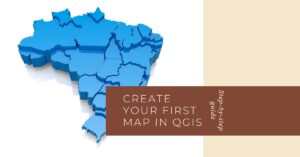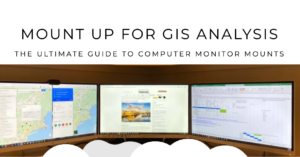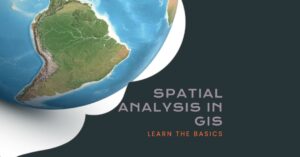In today’s digital age, Geographic Information System (GIS) programming has become an indispensable tool for professionals in various fields, including urban planning, environmental science, logistics, and more. GIS programming allows individuals to harness the power of geographic data to make informed decisions, visualize spatial relationships, and solve complex problems. Python, a versatile and widely-used programming language, has emerged as a popular choice for GIS programming due to its ease of use and extensive libraries. In this article, we’ll delve into the fascinating world of GIS programming using Python, exploring its fundamentals, benefits, and practical applications.
Understanding Geographic Information Systems (GIS)
What is GIS?
Geographic Information System (GIS) is a technology that captures, analyzes, and interprets geographical data to provide meaningful insights. It combines spatial data (information related to location) with attribute data (additional information about the features) to create maps and visualizations.
Why GIS Matters
GIS plays a crucial role in decision-making processes across various industries. It helps professionals analyze patterns, trends, and relationships in geographical data, enabling them to make informed choices. From city planning to disaster management, GIS is an invaluable tool.
Introduction to Python Programming
Why Python for GIS?
Python is known for its simplicity and readability, making it an excellent choice for beginners in programming. Its vast ecosystem of libraries and tools, including those dedicated to GIS, makes it a powerful language for spatial data analysis.
Setting Up Your Python Environment
Before diving into GIS programming with Python, you’ll need to set up your development environment. You can install Python and relevant libraries such as GeoPandas, Fiona, and Matplotlib to get started.
Working with Geographic Data in Python
Importing Geographic Data
In Python, you can import geographical data in various formats, such as shapefiles, GeoJSON, and more. Libraries like GeoPandas simplify this process, allowing you to read and manipulate geographic datasets effortlessly.
Data Visualization
Python’s data visualization capabilities, coupled with libraries like Matplotlib and Folium, make it easy to create stunning maps and charts to visualize geographical information.
Geospatial Analysis and Manipulation
Spatial Queries
Python enables you to perform spatial queries, allowing you to find points within a polygon, calculate distances, and identify overlapping features, among other operations.
Geospatial Analysis
With Python, you can conduct advanced geospatial analyses, including hotspot identification, terrain modeling, and suitability mapping, to solve complex real-world problems.
Real-World Applications
Urban Planning
Python-based GIS programming is widely used in urban planning to optimize transportation routes, assess land use patterns, and plan for sustainable development.
Environmental Conservation
GIS programming aids environmental scientists in tracking wildlife habitats, monitoring deforestation, and analyzing climate data.
Emergency Response
During natural disasters, Python GIS applications help emergency responders assess damage, plan evacuation routes, and allocate resources efficiently.
Conclusion
In this article, we’ve scratched the surface of GIS programming using Python. As you delve deeper into this exciting field, you’ll discover countless opportunities to apply geospatial analysis and make data-driven decisions. Whether you’re an aspiring GIS professional or someone interested in harnessing the power of spatial data, Python provides a user-friendly gateway to this fascinating world.
For further resources and in-depth learning, explore online courses and communities dedicated to GIS programming in Python.
FAQs
- What are the prerequisites for learning GIS programming with Python?
- To get started, you’ll need a basic understanding of Python programming. Familiarity with geographical concepts is a plus but not mandatory.
- Are there any recommended Python libraries for GIS programming?
- Yes, popular libraries like GeoPandas, Fiona, and Matplotlib are highly recommended for GIS programming in Python.
- Can I use GIS programming for personal projects?
- Absolutely! GIS programming can be applied to personal projects such as mapping hiking trails, visualizing travel routes, or even analyzing local demographics.
- Are there any free resources available for learning Python GIS programming?
- Yes, many online tutorials and courses offer free resources for beginners interested in Python GIS programming.
- How can GIS programming benefit businesses?
- GIS programming helps businesses make data-driven decisions, optimize logistics, analyze market demographics, and gain a competitive edge in various industries.



